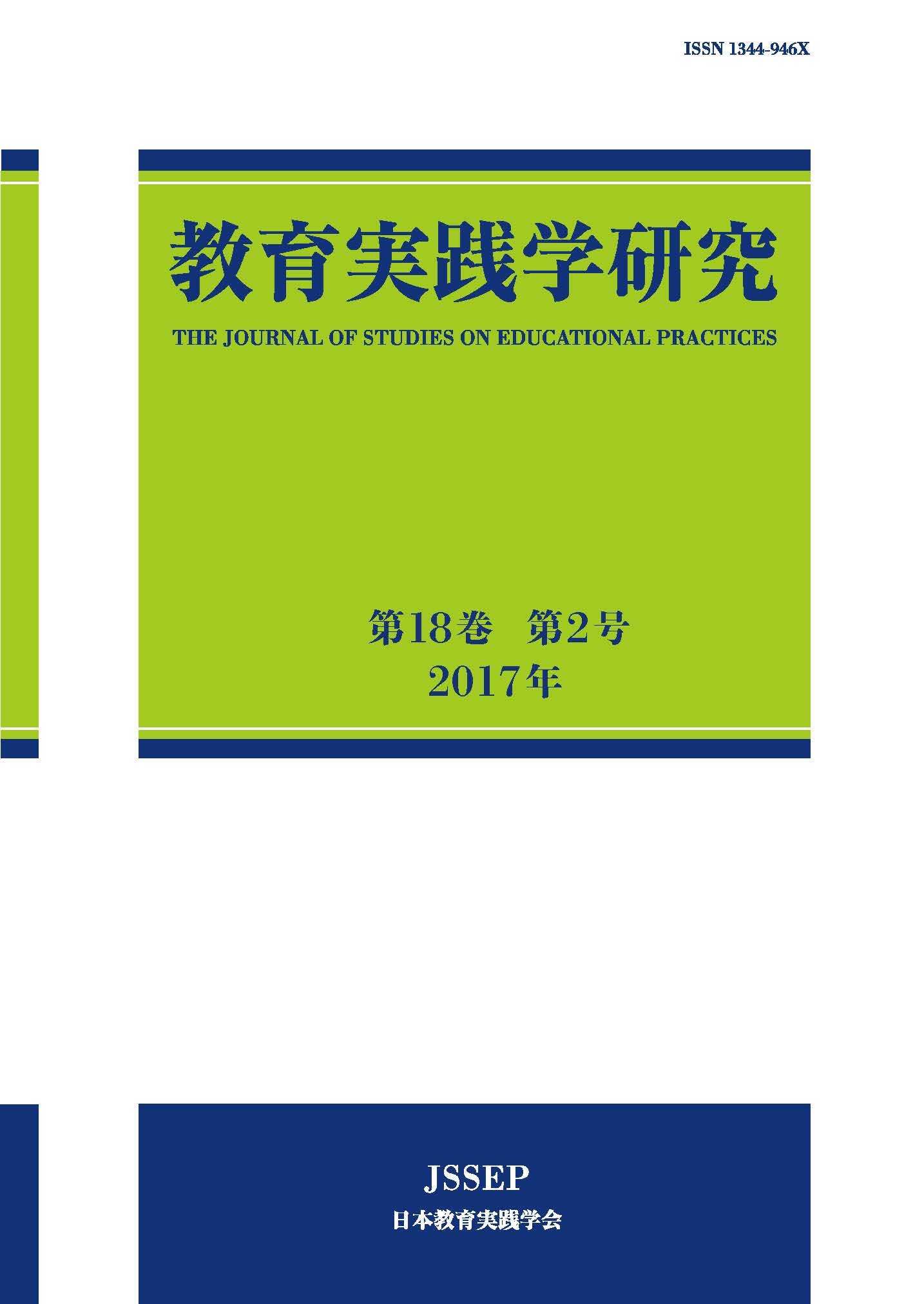This study aims to verify the possibility of applying KI (Knowledge Intensive Staff Innovation) to Early Childhood Education and Care (ECEC) teachers. KI is an on-the-job-training method, and has been used for its positive effects in the Japanese workplaces. The results suggest the beneficial impact of the HOIKU-KI (H-KI) approach on the ECEC teachers. After conducting a workshop for 45 ECEC teachers, we improved the educational methods, based on their
feedback. The data analysis classified 175 comments in terms of expected and unexpected reactions as well as positive and negative messages. We reflected on the teachers’ opinions and improved the format of the discussion worksheet. Further, technical terms were translated into everyday terminology. The H-KI process as well as the discussion method was explained in detail. Thereafter, a workshop for another 20 teachers in which the improved
teaching method was employed, was held. The results confirmed the positive educational effect of H-KI. All teachers actively stated their opinions, owing to the use of improved
educational methods. Thus, the result suggests that H-KI is applicable to ECEC teachers.
Arrangements for the application of H-KI approach in each childcare facility will be made in
the next stage.
抄録全体を表示
